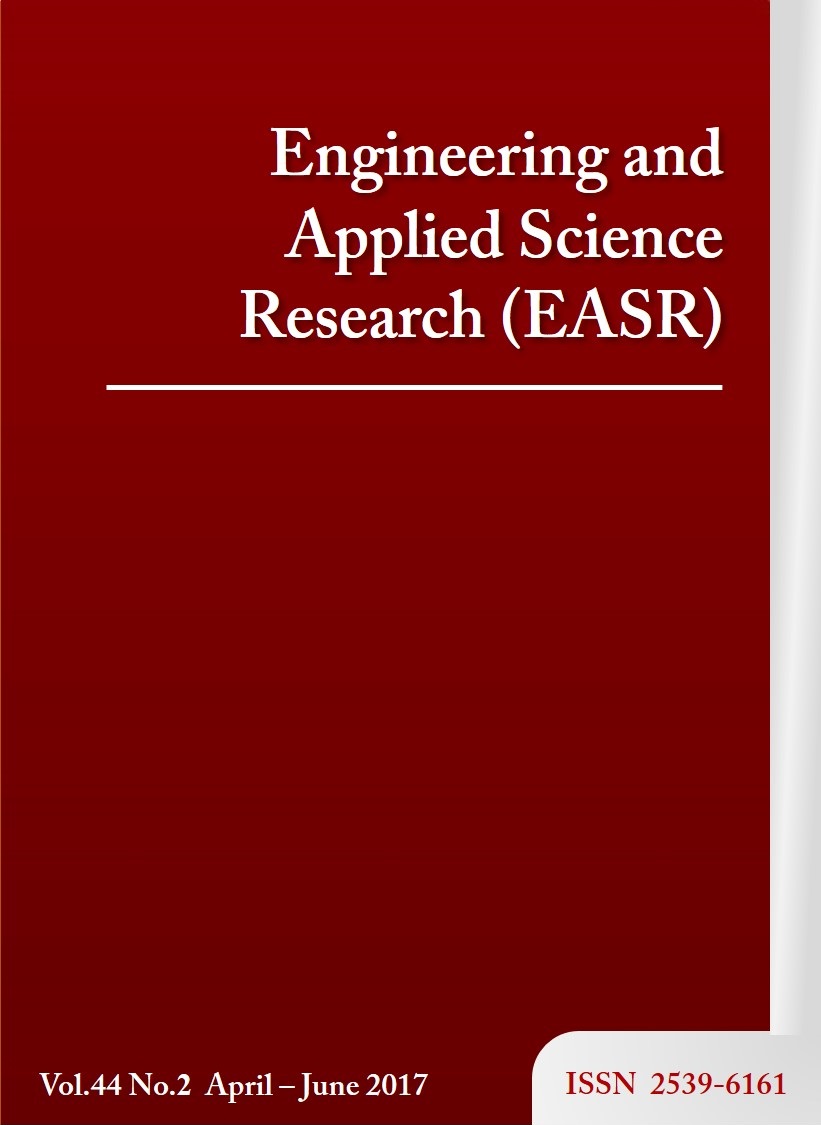Subsurface drip irrigation: A technology for safer irrigation of vegetable crops
Main Article Content
Abstract
A number of recent outbreaks of foodborne illnesses in the US have been traced to contaminated water either used in washing vegetables or in irrigating them. It is readily apparent that such foods as leafy green vegetables or crops such as melons that touch the soil surface or come in contact with irrigation water can become contaminated by pathogens in irrigation water. There is strong evidence in the literature that such crops do not become contaminated so long as the edible portions of the plant do not come in contact with irrigation water or a wetted soil surface. Thus, we undertook a modeling study utilizing the well-known software, HYDRUS-2D, to determine minimum depths of placement of irrigation tubing for subsurface irrigation that ensure that the soil surface does not become contaminated. We chose to model a cropping system commonly used for lettuce production in Arizona where the crop is nearly always irrigated using furrow irrigation. Lettuce is usually grown in Arizona in the fall and winter months when maximum crop evapotranspiration (ET) is about 4.9 mm per day. We used an application efficiency of 95% for subsurface drip irrigation on two different soil types, sandy clay loam and loam. Assuming that we would irrigate daily for two hours to apply the required 5.2 mm of water, we found water would wet the soil to a distance of 16 cm above the drip emitter in the both the clay loam and clay soils. Thus it would appear that in these soils, a drip tube placed 20 cm below the surface should avoid soil surface wetting. However, given the great spatial variability in such soil parameters as bulk density and hydraulic conductivity, we would recommend a minimum design depth of 30cm to avoid soil surface wetting.
Article Details
This work is licensed under a Creative Commons Attribution-NonCommercial-NoDerivatives 4.0 International License.
References
Song I, Stine S, Choi Y, Gerba C. Comparison of crop contamination by microorganisms during subsurface drip and furrow irrigation. J Environ Eng. 2006; 132(10):1243-8.
Hirneisen K, Sharma M, Kniel, K. Human enteric pathogen internalization by root uptake into food crops. Foodborne Pathog Dis. 2012;9(5):396-405.
Erikson M, Webb C, Diaz-Perz J, Phatak SC, Silvoy JJ, Davey L, et al. Infrequent internalization of Escherichia coli O157:H7into field –grown leafy greens. J Food Prot. 2010;73:500-6.
Oron G, Goemans M, Manor Y, Feyen J. Poliovirus distribution in the soil-plant system under reuse of secondary wastewater. Water Res. 1995;29:1069-78.
Kandelous M, Kamai T, Vrugt J, Simunek J, Hanson B, Hopmans J. Evaluation of subsurface drip irrigation design and management parameters for alfalfa. Agr Water Manag. 2012;109:81-93.
Simunek J, Sejna M, van Genuchten Th. The HYDRUS-2D software package for simulating the two-dimensional movement of water, heat and multiple solutes in variably-saturated media. IGWMC-TPS 53, Version 2.0. Colorado: International Ground water Modeling Center; 1999.
de Oliveira A, Martin E, Slack D, Pegelow E, Folta A. Water use and crop coefficient of subsurface drip-irrigated lettuce in Central Arizona. Rev bras eng agríc. Ambient. 2005;9(1):37-44.
Richards L. Capillary conduction of liquids in porous mediums. Physics. 1931;1:318-33.


